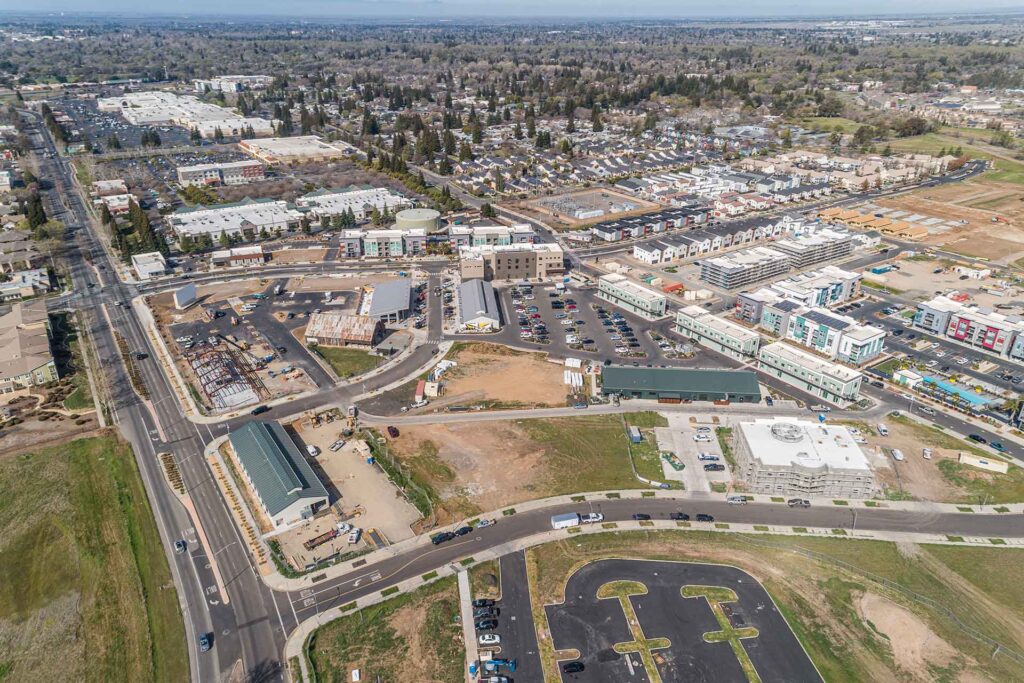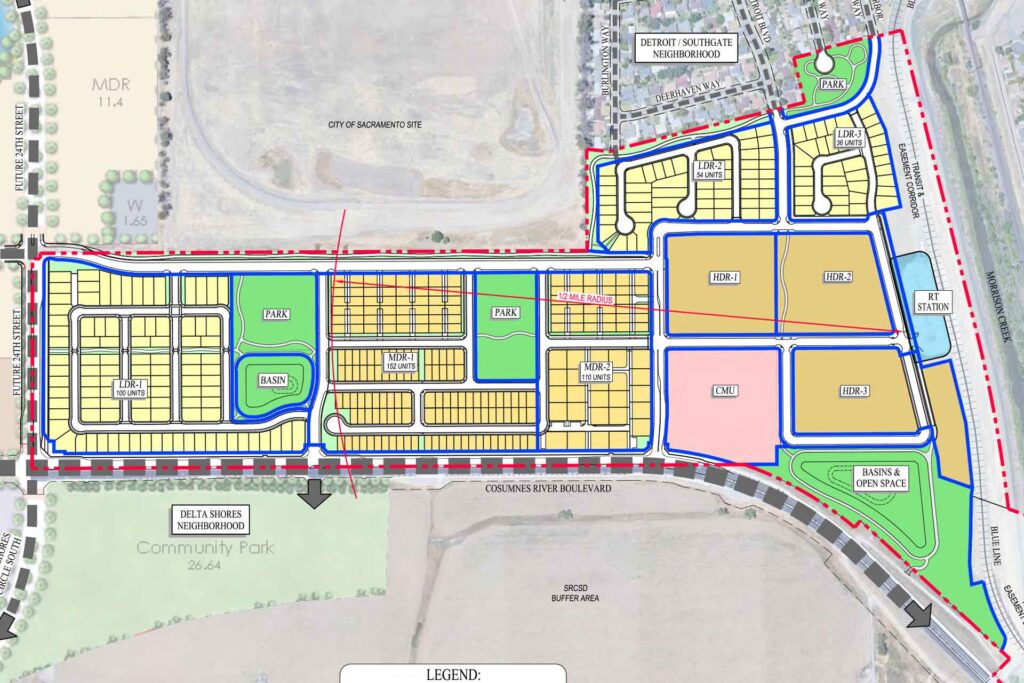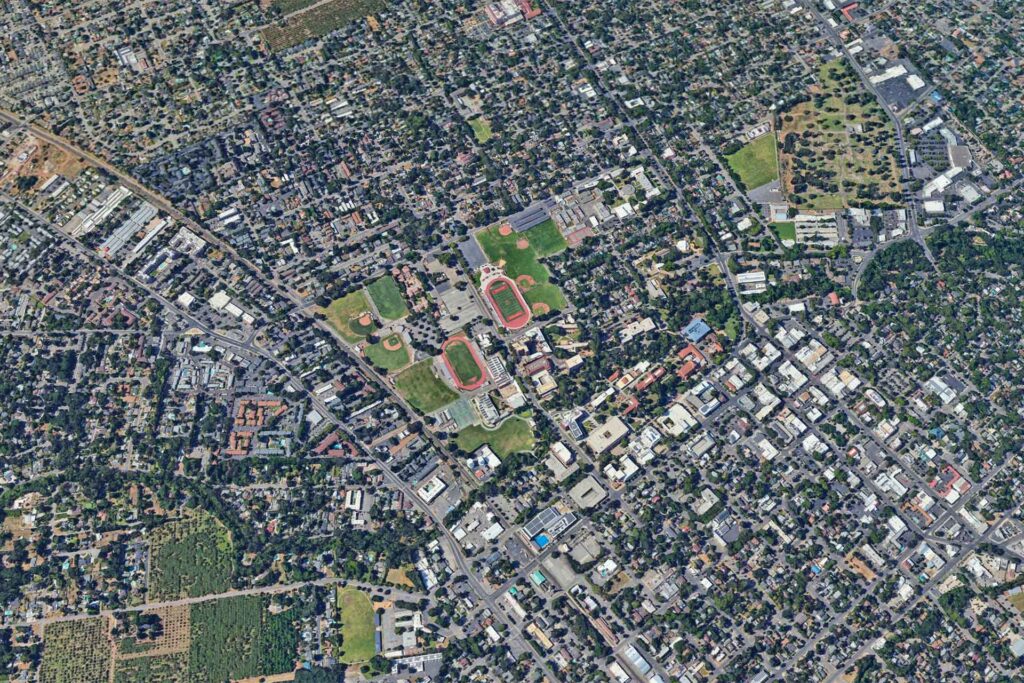Trying to navigate the complex landscape around opportunity zones (OZs) can seem daunting. The tax incentives they provide could make them a worthwhile real estate investment with high returns. But the possibility of public policy changes mid-project makes them a speculative play.
Despite the challenging environment in 2020, OZs have still been generating interest from real estate investors. Investments in OZs across the US more than doubled from $6.72 billion to $15.16 billion, according to data compiled by the Novagradac consultancy. As of 12 April, OZ funds had raised a further $1.18 billion.
You’re likely aware of OZs but do you know how they work? We’ve put together this guide to opportunity zones to help you decide whether they’re the right vehicle for you. We explain how opportunity zones work, the advantages, and the challenges of investing in them.
Guide to Opportunity Zones in 2021
What is an opportunity zone? Created by the 2017 Federal Tax Cuts and Jobs Act, opportunity zones provide tax breaks for those who invest in low-income communities in the US.
OZs are an attempt by the government to create an incentive for investors to move money into disadvantaged areas. They aim to spur economic growth and create jobs in exchange for tax benefits for investors.
Each state nominated low-income areas, based on their Census tract, which the US Treasury Secretary certified in April 2018. The OZs are administered through the Internal Revenue Service (IRS).
A low-income community is defined as having a poverty rate of at least 20% and a median family income below 80% of the statewide or metropolitan area where it is located. The Treasury designated more than 8,000 low-income communities in all 50 states and the District of Columbia, as well as five US territories, as Qualified Opportunity Zones (QOZs). More than 30 million people live and work in the QOZs, which account for 12% of US Census tracts.
How do OZs work? Investing in OZs must be done through qualified opportunity funds (QOFs) to be eligible for the tax breaks.
A QOF is any investment vehicle set up as a corporation or partnership with the purpose of investing in a specific census tract. The fund must self-certify by filing a form with its federal income tax return. QOFs must hold at least 90% of their assets in the qualifying tract.
How do funds invest in opportunity zones?
There are two ways QOFs can invest. They can own physical assets, such as real estate or equipment, in the OZs.
They can also own interests such as stock in businesses that operate in OZs. That includes subsidiaries of larger businesses that operate outside of the OZs.
You can invest your money in a qualified opportunity fund even if you do not live, work, or own property within an opportunity zone.
To help identify potential opportunity zone investments the Community Development Financial Institutions Fund has a list of all QOZs. Most QOZ projects are residential or commercial.
But there have also been investments in office, industrial, and renewable energy projects. Funds that focus at least in part on residential properties account for 78.7% of the total invested up to the end of 2020, amounting to $12.86 billion.
Having established what they are, what are the benefits of investing in QOFs?
Tax Benefits of Qualified Opportunity Zones
To make a profit from investing in a qualified opportunity zone, a taxpaying individual or business needs to sell an asset for a capital gain. They must then invest the capital gain in a QOF within six months.
There are three main tax benefits to OZ investments. The benefits depend on how long you hold the investment:
- Capital gains tax deferral. A taxpayer can defer the payment of federal capital gains taxes until December 31, 2026, unless they sell the investment sooner
- Capital gains tax reduction. If a taxpayer holds the investment for at least five years, they can reduce the federal tax on the deferred capital gains by 10%. If they hold it for at least seven years, they reduce the tax by 15%
- Elimination of taxes on future gains. If the taxpayer holds the investment for at least 10 years, they will not have to pay any federal capital gains taxes on realized gains
With the value of the property rising, you could make a substantial annualized return if you hold the investment for a decade or more.
Requirements for QOZ Properties
To qualify for the tax benefits, an opportunity zone investment must meet the following requirements:
- The property must be an ownership interest in a QOF partnership or corporation that operates a QOZ business
- The interest must have been acquired after December 2017 for cash
- The partnership or corporation must be a QOZ business for 90% of the holding period
- A leased property qualifies if the lease is at a market rate entered into after December 31, 2017
- At least 50% of the gross income must come from QOZ activities every tax year
- QOZ businesses are not allowed to operate certain “sin” services like massage parlors or liquor stores (but QOFs are allowed to own casinos)
Opportunity Zones in California
The legislation set tax benefits for opportunity zones at the federal level. Some states have aligned their tax codes with the program, while others have not. California does not take part at the state level, so capital gains invested in opportunity zones in California are still subject to state and local taxes.
There are 3 million people living in 879 designated opportunity zones across 57 counties in California. OZs in California support new investments in affordable housing as well as projects targeting environmental justice, sustainability, and climate change.
There are several state and local tax credits, grant programs, and economic development tools in California that are compatible with the federal program. They include the California Competes Tax Credit, Enhanced Infrastructure Financing Districts, and Industrial Development Bonds.
Despite the lack of a state-level OZ tax break, California had the highest investment in QOFs at the end of 2020 at $1.7 billion. That was ahead of New York at $857.9 million, and Ohio at $647 million, according to the Novagradac report.
Like California, North Carolina and Mississippi have never aligned their state taxes. Pennsylvania, Massachusetts, Hawaii, and Arkansas have only partly aligned their codes.
In April 2021, New York included measures in its state budget to decouple its tax code from the federal program. At the other end of the scale, Ohio is providing an additional 10% incentive.
Challenges of Investing in Opportunity Zones
By deciding not to align state tax breaks with the program, states like California make their QOZs less attractive to investors in other states. Why? California will tax the income from a QOF as it is earned in the state, even if the investor lives elsewhere. State taxes are applied to capital gains following any deferrals, deductions, credits, and other adjustments.
The opportunity zones program has faced criticism that the tax break benefits the wealthy at the expense of local communities. That PR problem could see lawmakers attempt to adjust or dismantle the program.
You should keep in mind that poses a risk to OZ investments in the future.
Critics argue the program encourages the gentrification of poor areas. But the tax breaks specifically exclude some private or commercial entities like golf courses or country clubs. The exclusions aim to avoid the creation of businesses that wouldn’t be of use to the local communities.
A lack of understanding about the ins and outs of the program has deterred investors. It has tended to be large investment funds that have applied for QOFs, raising capital from individual investors and managing the funds on their behalf.
Some investment groups created blind pools as investment vehicles. But large-scale investors have been hesitant to allocate capital without understanding where the money will go. Many funds have struggled to meet their targets.
There is also a risk for investors that the QOF assets could lose value if fund managers invest in communities they don’t understand. In some ways, the OZ program represents a missed opportunity to stimulate investment in underserved areas.
Find Out if Opportunity Zones Are Right for You
As we’ve seen in this guide to opportunity zones, there are challenges to investing in the program. But there are also benefits, especially if you intend to hold your ownership in a property over a long period. Whether they are right for you will depend on your investing goals.
If you think investing in qualified opportunity zones is potentially a good fit for your real estate portfolio, contact us today. We can answer your questions and help you take the next steps.




